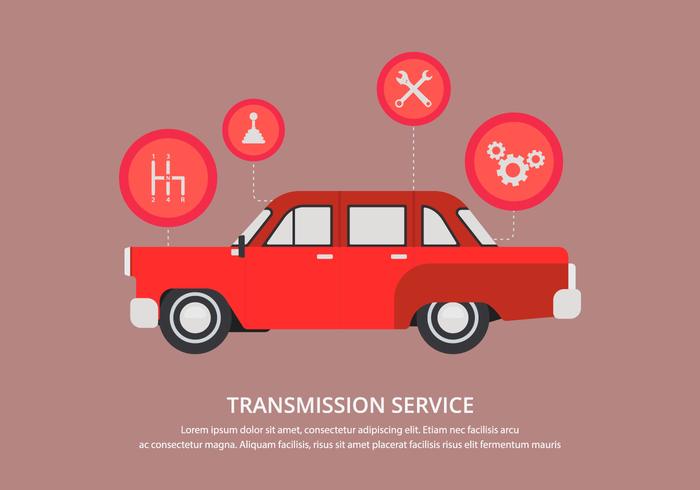Recognizing Your Car'S Caution Lighting: What Do They Truly Mean?
Recognizing Your Car'S Caution Lighting: What Do They Truly Mean?
Blog Article
Personnel Writer-Boye Dalgaard
When you lag the wheel, those beautiful caution lights on your dashboard can be a bit difficult. Do carwashdetailingauckland know what they're trying to inform you about your cars and truck's health? Recognizing the importance of these lights is vital for your security and the longevity of your automobile. So, the following time among those lights appears, wouldn't you intend to decipher its message precisely and take the essential actions to resolve it?
Common Caution Lights and Interpretations
Recognize usual caution lights in your vehicle and recognize their significances to ensure risk-free driving.
One of the most regular warning lights include the check engine light, which signifies concerns with the engine or emissions system. If https://airliftperformance95172.activoblog.com/32590793/are-you-thinking-about-discovering-impressive-vehicle-repair-shops-in-your-area comes on, it's vital to have your automobile checked without delay.
The oil stress cautioning light shows reduced oil pressure, requiring immediate focus to stop engine damages.
A flashing battery light may recommend a defective billing system, potentially leaving you stranded if not addressed.
https://www.thisdaylive.com/index.php/2022/01/01/fixit45-cfao-motors-partner-to-improve-auto-parts-buying-experience/ tracking system (TPMS) light alerts you to low tire pressure, affecting automobile stability and fuel effectiveness. Disregarding this can bring about risky driving problems.
The abdominal light suggests a trouble with the anti-lock braking system, endangering your ability to quit quickly in emergencies.
Last but not least, the coolant temperature advising light warns of engine overheating, which can lead to extreme damage otherwise settled quickly.
Understanding these usual caution lights will aid you deal with problems promptly and keep secure driving problems.
Relevance of Prompt Focus
Understanding the typical warning lights in your cars and truck is just the primary step; the relevance of quickly resolving these cautions can't be emphasized enough to guarantee your safety when traveling.
When a warning light illuminates on your control panel, it's your car's method of interacting a prospective problem that needs attention. Ignoring these cautions can lead to much more severe issues down the road, jeopardizing your safety and security and potentially costing you more out of commission.
Prompt interest to warning lights can avoid break downs and accidents. As an example, a blinking check engine light might show a misfire that, if left ignored, might create damage to the catalytic converter. Addressing this quickly can save you from an expensive repair.
In a similar way, a brake system cautioning light may indicate low brake liquid or used brake pads, essential elements for your safety and security when driving.
Do It Yourself Troubleshooting Tips
If you notice a warning light on your control panel, there are a couple of do it yourself fixing tips you can attempt prior to seeking specialist aid.
The initial step is to consult your vehicle's manual to comprehend what the details warning light shows. In some cases the problem can be as basic as a loosened gas cap activating the check engine light. Tightening the gas cap may deal with the trouble.
An additional typical concern is a low battery, which can activate different cautioning lights. Examining the battery links for deterioration and ensuring they're secure could deal with the issue.
If a warning light persists, you can attempt resetting it by separating the cars and truck's battery for a couple of minutes and then reconnecting it. Furthermore, inspecting your car's liquid degrees, such as oil, coolant, and brake fluid, can help troubleshoot warning lights connected to these systems.
Final thought
In conclusion, understanding your vehicle's warning lights is essential for maintaining your car running smoothly and safely. By quickly attending to these informs and recognizing what they suggest, you can prevent expensive repair work and potential break downs.
Remember to consult your auto's manual for specific information on each alerting light and take action appropriately to make certain a trouble-free driving experience.
Stay informed, remain safe when driving!
